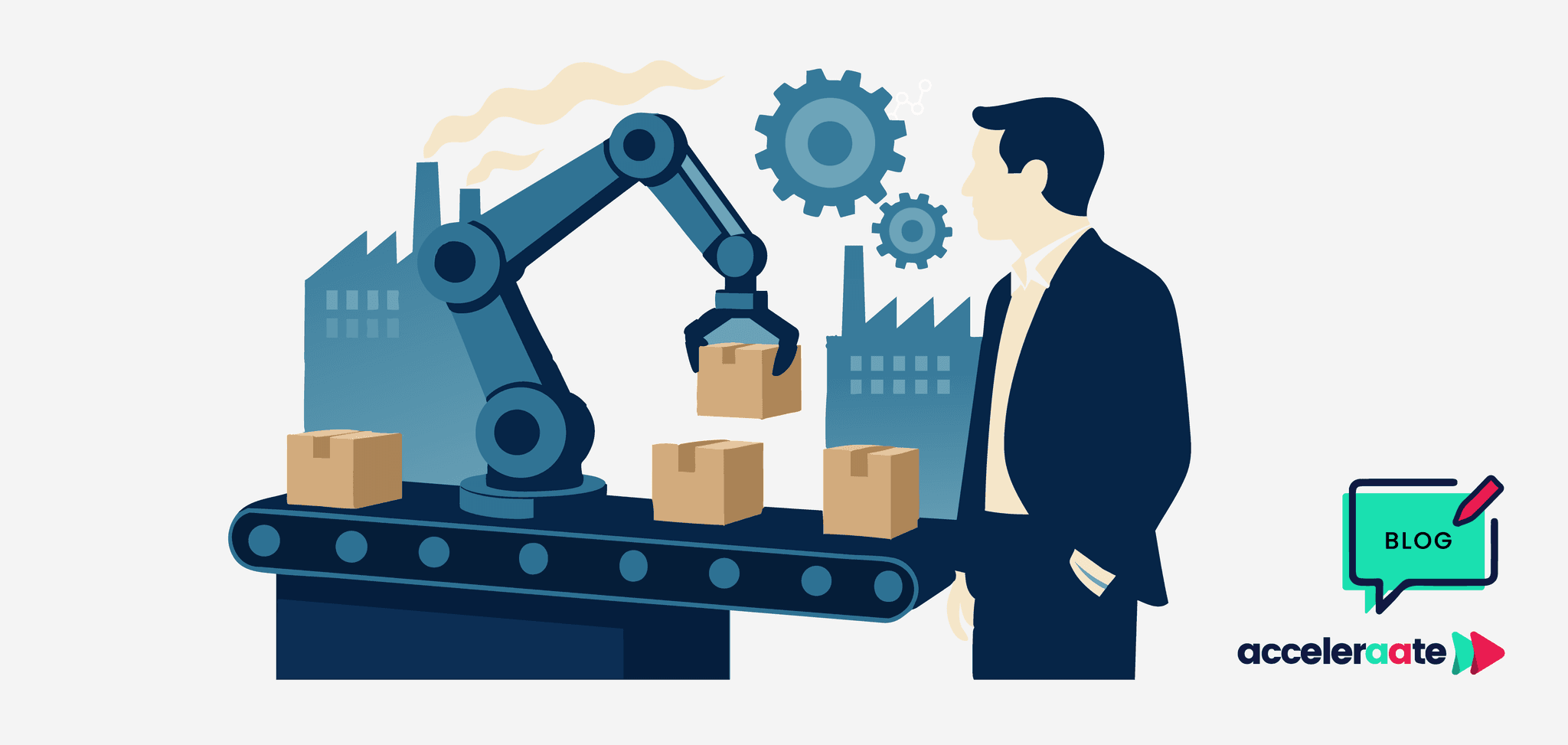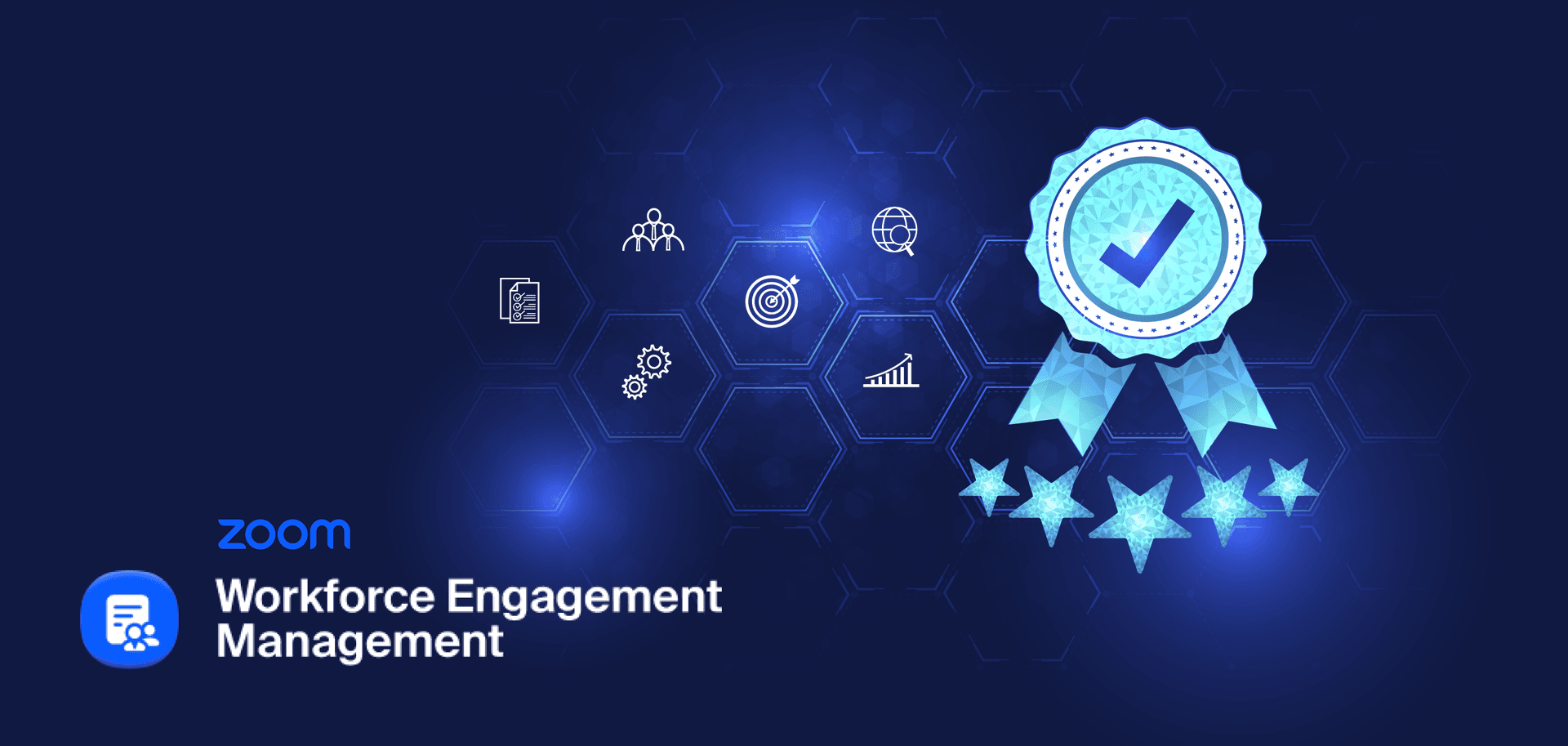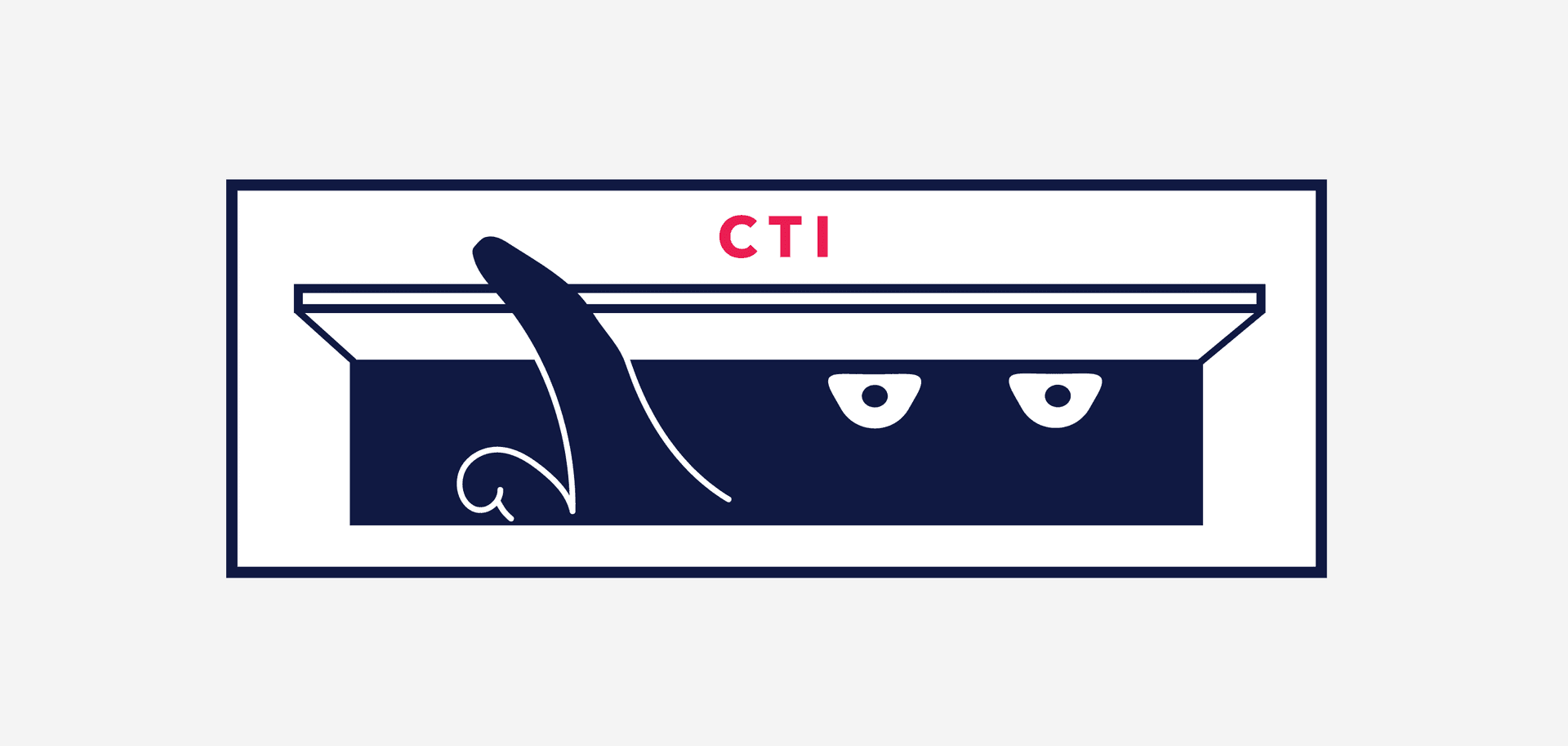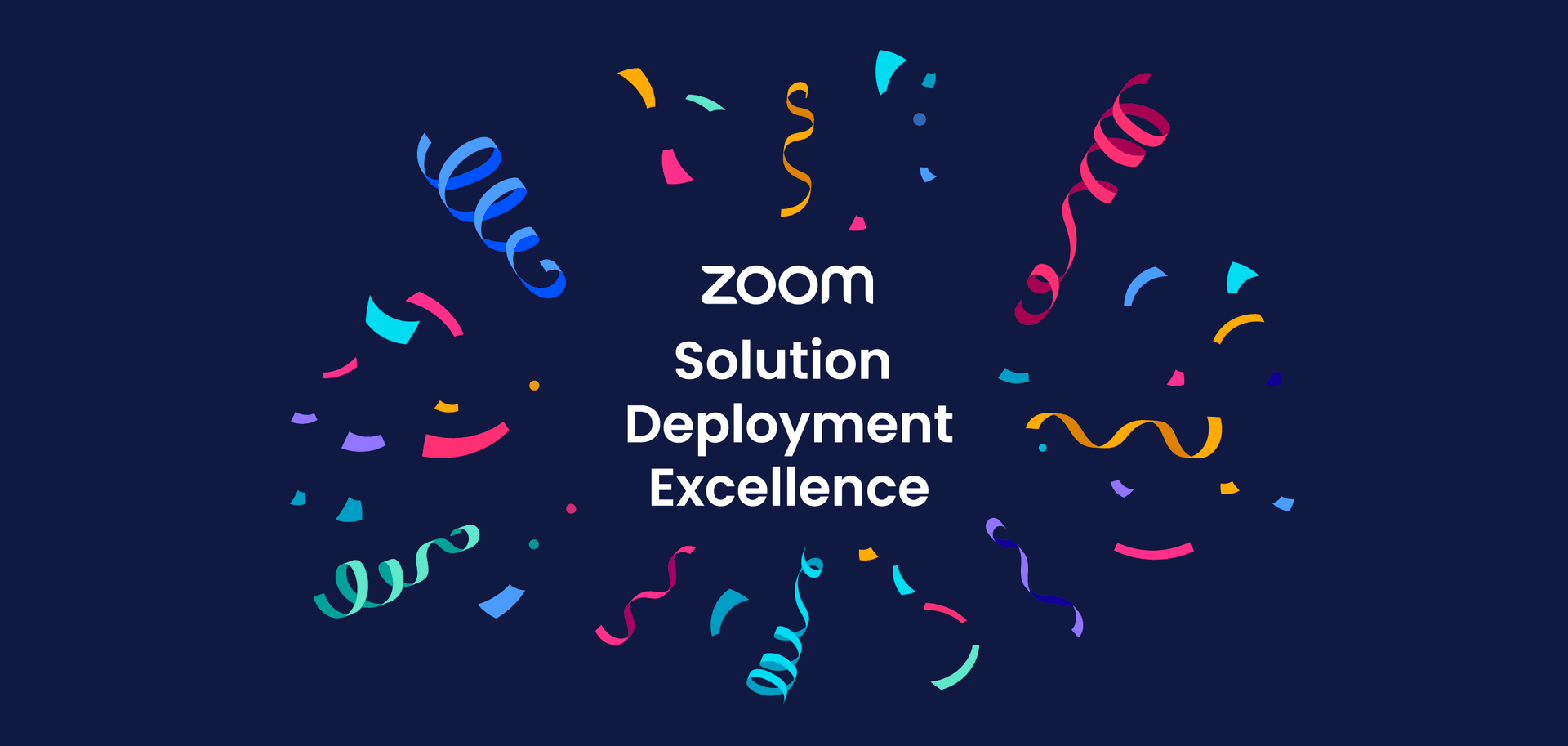
When massive layoffs hit Amazon, Microsoft and other tech giants this year, all whilst revenue remained strong, it didn’t trigger the usual fear-mongering headlines about robots replacing humans. It triggered a deeper question:
What is work now, and what is it becoming?
I’m fortunate to sit on a quarterly AI panel with some of the UK channel’s brightest and most opinionated leaders. We’ve recently spent time looking forward to the world of 2030 and beyond. And whilst we don’t always agree on exactly where we’ll land, there’s remarkable commonality in one belief: Things are now moving faster than any of us could have imagined. This isn’t just another technology wave. It’s the next industrial revolution, likely condensed into a 5-year cycle (for reference, the previous industrial revolution took ~150 years).
Recent headlines say it all: Amazon cutting thousands of corporate roles across AWS and retail. Workday restructuring 1,700 jobs as it pivots to AI. Google, Meta, and Microsoft quietly consolidating their internal functions under AI-first business units.
But these aren’t just layoffs; they’re re-architectures. The workplace itself, not just the workforce, is being redesigned for the AI era. For customer experience and operations leaders, that means rethinking what we even mean by “work,” “agent,” and “interaction.”
Why this matters for CX & customer operations
Workforce redesign is already happening
It’s not just junior roles at risk. It’s the structural workflows, layers of supervision, and even middle-management hand-offs. Research shows AI adoption tends to replace roles at the beginning and the end of workflows, whilst keeping the core human collaboration in the middle. For CX teams that means less manual routing, fewer handovers, and more frontline staff empowered with AI.
From job replacement to job redefinition
The narrative that “AI will take our jobs” is lazy. What’s really happening is roles are being redefined. Amazon’s leadership recently described its AI investment as “the largest productivity unlock since cloud computing.” Not replacement… Reallocation! The same thing is happening across contact centres and sales operations right now: fewer manual clicks, more customer insight, and a shift from doing busy work to designing workflows.
Work isn’t just being done by humans. It’s being conducted by AI.
The “blended workplace” means AI doesn’t sit beside human work; it orchestrates it. Collecting data, delivering next-best actions, escalating issues autonomously. Agents become contributors to workflows that AI drives. That’s a radical shift for contact-centres, where for decades the human was centre-stage.
Three unconventional insights
Layoffs are just the symptom, not the story
Headlines focus on job losses. The real story is how those organisations are redeploying human capacity into higher-value activities, supported by AI. CX leaders should frame it as redeployment, not just reduction.
AI will make roles more strategic, not redundant
Whilst 50% of entry-level roles may be at risk in some sectors (according to Anthropic's CEO), the bigger outcome is that the remaining humans must add strategic value. In CX agents will no longer simply respond, they’ll interpret, advise, and recover.
The org chart is collapsing faster than anyone expected
When Amazon says it’s cutting layers to “operate like the world’s largest startup”, it’s actually flattening its hierarchy. For CX this means shorter decision-loops, more frontline autonomy, and systems picking up the escalation that used to require multiple approvals.
What CX Leaders Must Do Now
Audit your workflows - Identify where human effort is duplicated, delayed or dependent on manual data pulls.
Design for AI-native work - Build agent workspaces that assume AI is operating in the background, surfacing only the exceptions humans need to act on.
Re-skill for the new blend - Your training shouldn’t just teach tools. It should teach working with AI, interpreting its insights, and guiding customers through exceptions.
Architect for agility - The organisations shrinking fastest aren’t losing revenue. They’re shedding layers, flattening structures, and enabling AI-driven roles. Your CX stack and team must support that.
The Acceleraate Perspective
We don’t believe this is incremental change. We believe we’re living through a tectonic shift in how organisations design, deliver, and scale their operations, accelerated by AI. And we’re experiencing it ourselves.
As a specialist CX Professional Services provider, we’ve seen the definition of “good” change almost overnight. Until recently, capability was measured in headcount: The number of engineers on the books or “bums on seats” ready to start the next project. At Acceleraate, we’ve always challenged that thinking. Bigger doesn’t mean better. It means slower, heavier, harder to adapt. From day one, we’ve built around lean, agile, and sustainable delivery, where impact is measured in outcomes, not payroll.
Today that approach isn’t contrarian. It’s competitive advantage. The tech giants are learning it. We’re already doing it. And we can help you get there too!
About the author

Part of Founded Group Limited








